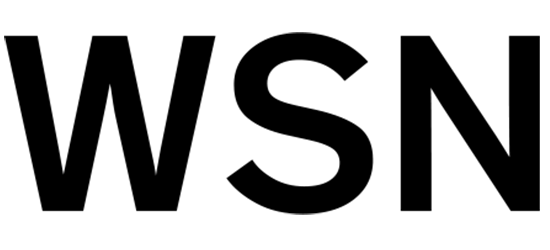This article was written following the conference given by Steeve Lambert, a digital expert for Fashion and Luxury, at the September 2019 edition of Who’s Next. He supports key players in fashion and luxury in defining and implementing their digital strategy ( creative direction, e-commerce, e-marketing, community management and content creation…).

A second wave of social media! What does this mean for brands?
The reality is quite simple, social media platforms dominate the lives of French citizens of all ages, but their habits and desires are changing regularly. On the network side of things, this means that brands have to renew their image and evolve rapidly in order to stay attractive to clients. On the branding side of things, there are substantial challenges at hand, they have to be methodical and adapt constantly in order to seize opportunities. At the heart of the issues is: user engagement and loyalty.
User activity on social media has stagnated as we are seeing a sheer increase in the amount of content on offer, which is increasing by threefold each year. Users have also started using new, more confidential and encrypted networks, which is fueling the “dark social” phenomenon: sharing content privately. This cannot be neglected as the posts on the “dark social” represent 80% of all posts nowadays.
However, general user engagement has fallen by a significant amount, particularly after last May. Now, only 5% of the content shared on social media captures 90% of the engagement. Therefore, it is very hard for smaller brands to stand out.
A few figures for France:
- 77% of the French population is active on social media
- 40% of these active members are searching for a brand, a product or a service and not just for inspiration
- On average, a user is active on 3 or 4 social media platforms at once
- Facebook is still the most popular (60%), followed by Messenger, Youtube, Whatsapp and Instagram (26%).
![]() What’s new on Instagram?
What’s new on Instagram?
New stickers have been added to Instagram with different functions such as polls and discussions, based on this notion of engagement. Let’s remind ourselves that engagement is measured by the ratio of comments and ‘likes’ on a post to the number of people following the account. Today, accounts with more than 10,000 followers, who are connected to Facebook, can gain a “Creator” profile, giving them access to account growth statistics and messaging filters. The app has also reworked its search bar by adding an ‘explore’ feature with themes, which speaks volumes about their desire to move towards including more and more video content. IGTV is another feature that is being developed, but you have to use a particular format. By creating content specifically for IGTV and giving their followers specific times to access the feature allows brands to gain user loyalty and engagement, for example with mini-series and tutorials released on fixed dates.
The instagram ‘checkout’ now allows users to also buy things in-app, in others words: without leaving the app. This raises the question of brands’ dependence on this tool, as they lose control of their customer experience.
The reality for Instagram is not entirely positive, as since May 2019 engagement has decreased by 18% and the natural reach of posts is only at 7%. In other words, when a user or brand posts something, only 7% of their followers see it. In real terms, Instagram generates 10 billion dollars in marketing per year, and so its now become vital to advertise on Instagram to gain visibility.
![]() What’s new on Facebook?
What’s new on Facebook?
For Facebook, the crisis is very much real and so it has pushed the platform to change massively.
Facebook is becoming old-fashioned and its posts are including less and less relevant content, with videos in particular losing quality. In the last few years, the platform has lost around 9% of its users between the ages of 12-17. Yet, these are the most committed and addicted users. Despite this, Facebook is still the most profitable platform of the Facebook group (FB, IG, WTAPP, MSG), and so it will always get special attention.
What lessons can we learn?
Overall, we are witnessing a phenomenon of “infobesity” with all of these platforms, a surplus of information whilst at the same time the trend and desire for authenticity and stronger human values is taking over.
Faced with these fundamental changes, brands are having to work on their relevancy and the sincerity of their content, by limiting the number of posts per week. Above all, they have to implement their content marketing approach at the heart of their discussions and the content that is being published on their platforms has to be adapted and tailored to the chosen social network. They have to adapt to each platform and respecting the ‘codes’ has therefore become essential.
